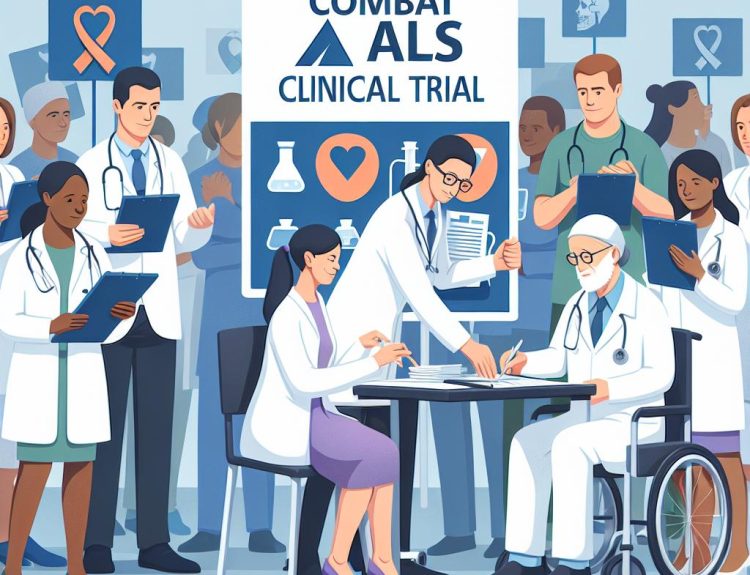uniQure reported pivotal 36-month data for AMT-130 in Huntington’s disease that met its primary and key secondary endpoints, using a propensity-score–matched external control. Still, the FDA signaled in a recent pre-BLA interaction that such data may no longer be sufficient as primary evidence for a U.S. submission. The timing of a BLA is now uncertain. In parallel, uniQure strengthened its balance sheet with an upsized equity offering that lifted cash, cash equivalents, and current investments to $694.2 million as of September 30, 2025, extending the runway into 2029. The company also advanced AMT-260 in mesial temporal lobe epilepsy and reported initial activity for AMT-191 in Fabry disease, while pausing enrollment in its SOD1 ALS program after a dose-limiting toxicity.
The immediate strategic question is whether neurology gene therapies can secure accelerated approval without randomized data. External controls have been a pragmatic tool in ultra-rare and surgical settings, but they are vulnerable to unmeasured confounding and shifting regulatory expectations. Suppose the agency now requires randomized or hybrid designs upfront in neurodegeneration. In that case, developers will need more time, capital, and operational precision to reach the same milestones—reshaping launch windows and competitive dynamics.
This matters now because Huntington’s disease has no approved disease-modifying therapies, and AMT-130’s reported 75% slowing on cUHDRS and 60% slowing on TFC at 36 months represent one of the more compelling functional signals seen in the field, supported by a reduction in CSF NfL and a manageable safety profile dominated by procedure-related events. For patients and families, a regulatory reset could delay access to a one-time intervention in a relentlessly progressive condition. For HCPs, adoption hinges on neurosurgical capacity, longitudinal monitoring, and clarity about which patients—by stage and striatal volume—derive the most significant benefit. Payers will demand high-confidence comparators, durable functional outcomes, and rigorous post-marketing evidence, especially for an invasive, high-cost therapy. Outcomes-based contracts, registries, and pragmatic follow-up studies will be central to coverage decisions.
Competitionally, the HD landscape remains thin at later stages after the discontinuation of tominersen; antisense programs continue to probe allele-selective strategies but face durability and dosing trade-offs versus one-time AAV delivery. Should AMT-130 progress, it could set benchmarks on value, infrastructure, and evidence standards for CNS gene therapy broadly. Conversely, if randomized evidence is mandated, fast followers gain time to recalibrate designs, while surgical platform leaders may be best positioned to execute complex trials.
The financing moves are equally instructive. An upsized follow-on, debt refinancing, and a prior royalty transaction exemplify how gene therapy companies are assembling diversified capital stacks to navigate longer, risk-adjusted paths to market. A runway into 2029 provides degrees of freedom to run a confirmatory study if required, invest in center-of-excellence networks, and scale RWE generation. Early Fabry activity and epilepsy enrollment offer platform validation opportunities and potential partnering leverage. At the same time, the ALS pause highlights dose selection and safety management as gating factors for CNS delivery at scale.
The near-term catalyst is formal FDA feedback that clarifies evidentiary sufficiency, endpoint expectations, and the potential for accelerated approval tethered to confirmatory commitments. Commercial and Medical Affairs teams should scenario-plan for randomized requirements, build payer-ready evidence packages around functional outcomes and resource utilization, and map surgical hubs capable of bilateral striatal infusion. The broader question for the sector: has the post-amyloid era permanently raised the bar for neurology approvals without randomization, and if so, which sponsors are capitalized and operationally equipped to meet it?
Jon Napitupulu is Director of Media Relations at The Clinical Trial Vanguard. Jon, a computer data scientist, focuses on the latest clinical trial industry news and trends.







